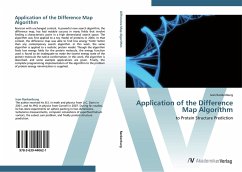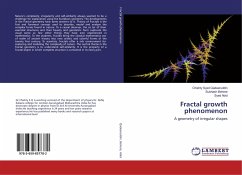Hamiltonian systems are equivalent to area preserving mappings which is a widely used fact to solve differential equations. Mappings are very easy and fast to compute and well established in numerical dynamics. In this work, the so-called standard mapping (derived from the Fermi mapping) is applied for numerical investigations. In dynamical systems different types of motion occur. These are the periodic (and quasi periodic) and the chaotic motion. At the border between these two types, orbits that stick very close to the stable region and stay on a stable trajectory for a certain time (escape time) were found. Very appropriate, these orbits are called sticky orbits. The escape time of a sticky orbit depends much on the size of the gap between the trajectory of the sticky orbit and the last invariant curve. In this work, sticky orbits in the standard mapping are investigated with numerical tools. It is intended to derive correlations between the breaking of the last invariant curve and the nonlinearity parameter K of the standard mapping. The breaking of these last invariant curves is visualized and occurring phenomena are discussed.
Bitte wählen Sie Ihr Anliegen aus.
Rechnungen
Retourenschein anfordern
Bestellstatus
Storno








